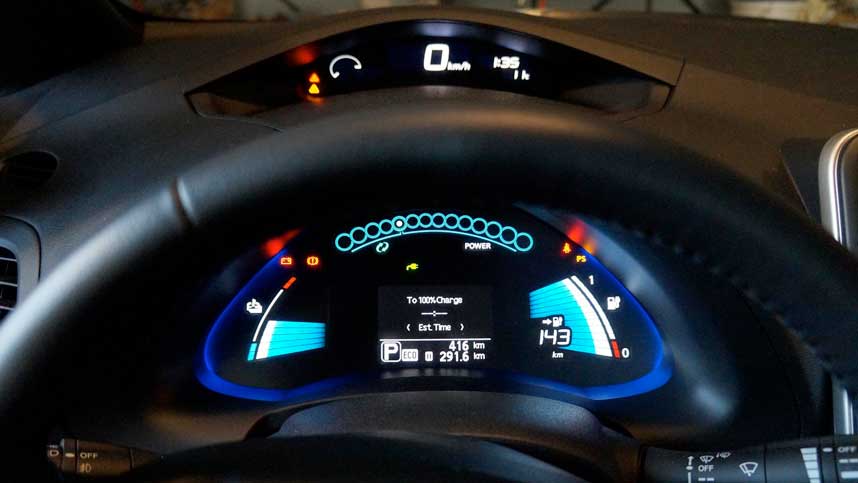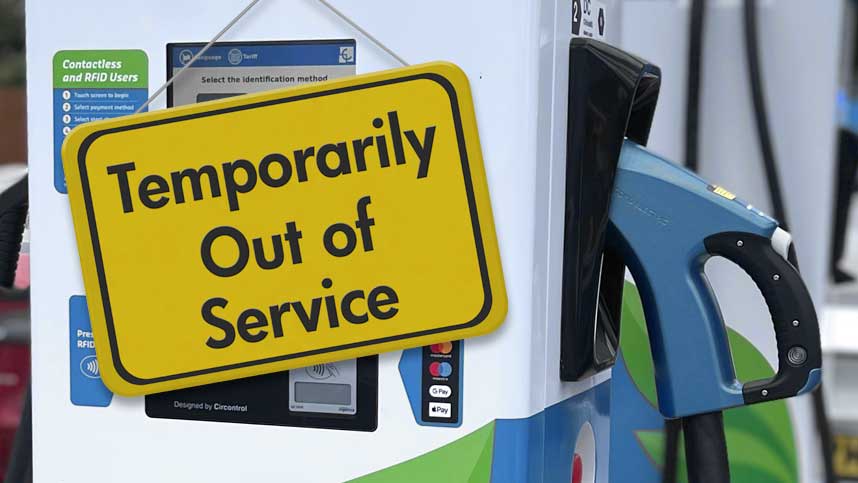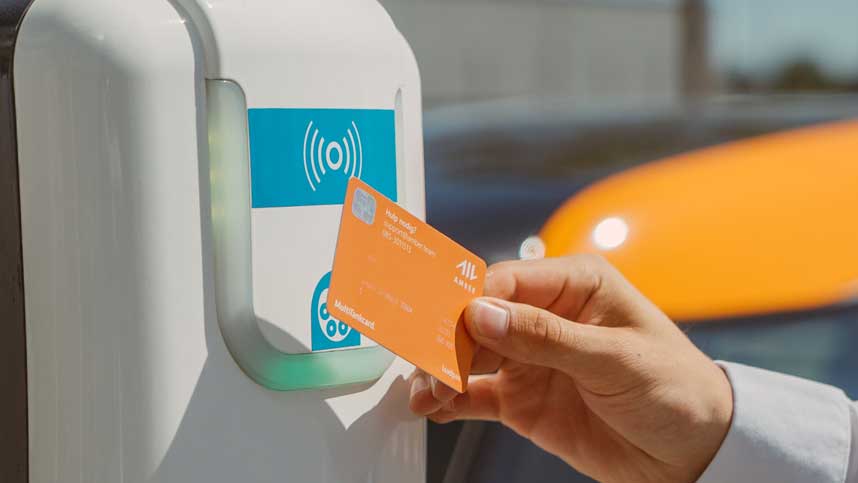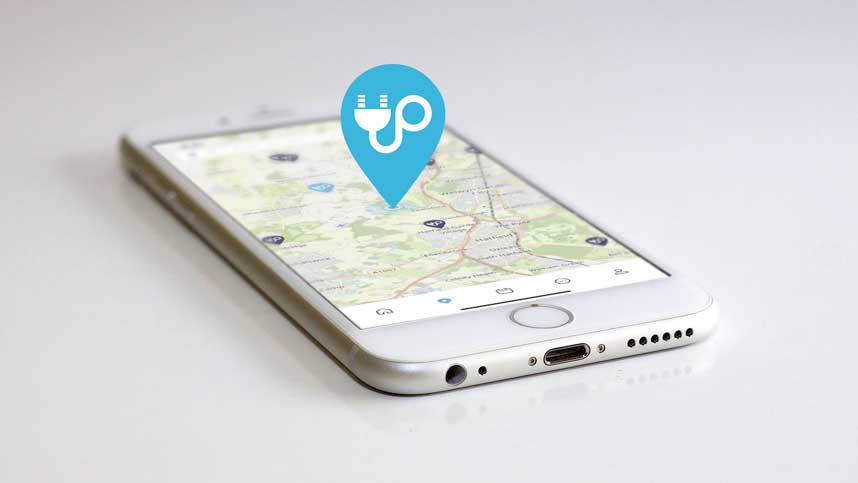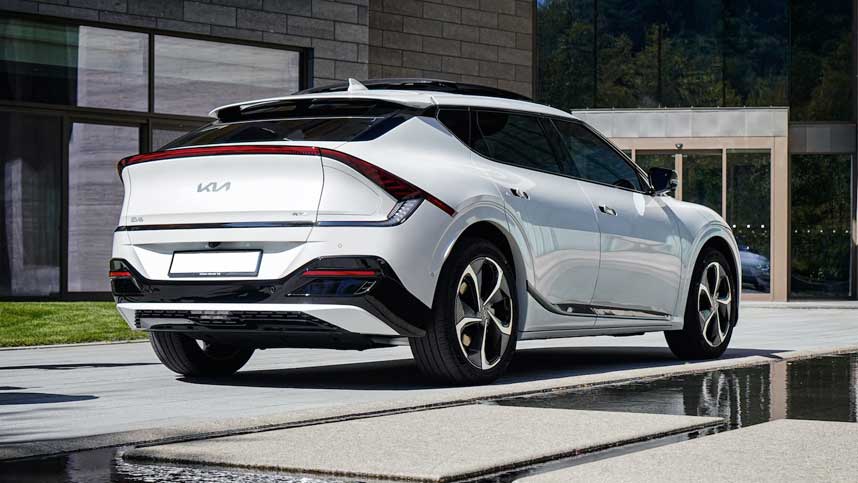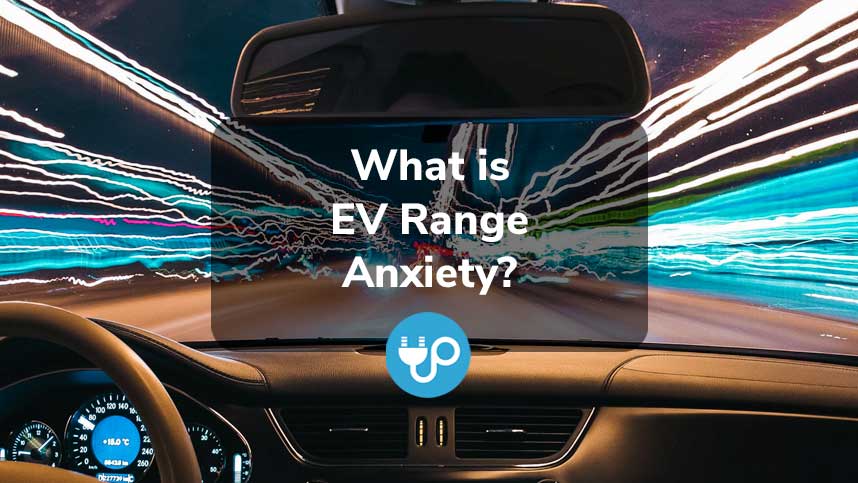
What is Range Anxiety & How Do We Defeat It?
Electric vehicles (EVs) are increasingly becoming popular in the modern world.
Their development is perceived as a way to tackle the emission crisis produced by internal combustion engine (ICE) powered engines.
However, this innovation does have its challenges.
The two major concerns of new EV drivers include range anxiety, and more recently, charger anxiety.
We've compiled a guide explaining the meaning, causes, and the beat way forward in tackling range anxiety concerns.
Chapters
What is EV Range Anxiety?
Range anxiety is the fear of uncertainty that electric vehicles do not have sufficient charge to last an entire journey.
It’s closely linked to the fear of being stranded in an unfamiliar location.
Many EV drivers need clarification on how long they can drive on a single charge before getting to an available charging station.
One of the causes behind this fear is based on a brief history of early versions of electric vehicles.
Many years ago, the first models of EVs could only travel around 70 miles on a full charge.
In addition, there were only a handful of public charging stations in existence in the United Kingdom at the time.
For early adopters, this was challenging and understandably concerning.
Soon, many EV drivers began to develop range anxiety, with some losing faith in electric vehicles.
Today, range anxiety still remains one of the biggest psychological barriers to the growth of EVs in the United Kingdom.
What Causes Range Anxiety?
There are several factors responsible for EV range anxiety.
Some of these factors are traceable to specific shortcomings of EV manufacturers.
Others are limited to the make and mode of EVs, and industry challenges.
With this in mind, let’s look at some causes of Range Anxiety.
Limited Range
EV range refers to the total distance an electric vehicle can travel on a single charge.
This distance may differ depending on the capacity of the car's lithium-ion battery and the way the car is driven.
So, if you drive an EV with good battery capacity and practice an energy efficient driving style, e.g a less aggressive, lighter right foot; chances are you’ll achieve a much longer EV range.
On average, most EVs can go up to 150 miles (241 km) on a single charge.
This range is more than sufficient for those who mostly take trips within the town or city they live.
However, you may need frequent recharge over certain miles for longer distances.
Even if you accurately calculate the distance between each recharge, you may encounter other unforeseeable factors - traffic jams, weather, or breakdowns.
Lack of Charging Infrastructure
The absence of a necessary nationwide EV charging infrastructure is another cause for range anxiety.
In the UK, several areas are in desperate need of improved EV charging infrastructure, even with approximately 36,000 charging stations across around 21,500 locations.
There are plans to increase the availability of charging stations across the UK, but in some cases, the rollout is slow.
However, the United Kingdom government is still trying to overcome logistical issues and the global scarcity of key resources (lithium).
Charger Availability
Range anxiety is also caused by the lack of EV chargers in rural and economically disadvantaged areas.
These areas are known to have low EV adoption rates, which translates to fewer EV drivers.
Drivers who take these routes tend to see their range anxiety increase.
They are aware of the risk, especially with finding a place to charge their vehicles.
In addition, there is the fear of long queues at charging stations.
On average, it takes around 20 minutes to an hour to charge an average EV battery from empty to 80% full using a rapid charger.
In rural areas where there may only be 7.4kW fast chargers, that could take several hours.
A quick calculation will tell you it could take anywhere between 1 to 6 hours to charge a car to a sufficiently usable level, not including queues!
Charger Compatibility
Generally, most EVs are compatible with either type 2, and in some cases type 1 electric car plugs.
Newer models are able to use the faster CCS (Combined Charging System) which allows these vehicles to be charged at a much faster kilowatt output rate.
There's also the less common CHAdeMO rapid charging standard, which is far harder to come by at public charging stations.
Some older models and smaller electric vehicles do not have batteries capable of being charged using DC at such a high kilowatt hour rate.
Since their batteries are smaller and more susceptible to overheating, they have to be charged slowly to prolong the life of the battery cells.
This makes these type of vehicles more daunting to drivers for longer journeys, as they have to carefully select where they charge their car.
Understandable, this alone can cause significant anxiety about both the limited range and charging time it takes to refuel their EV.
Charger Reliability
While there are several locations for an EV recharge, it may not always be available for use.
An “out of order” or unavailable charging station is bound to give EV drivers headaches while they try to wiggle their way out of being stranded.
Sadly, broken, malfunctioning or out of order chargers are commonplace in the UK.
Unless this situation improves, then range anxiety will always be a common problem.
Range Anxiety vs Charger Anxiety
"Charge anxiety" is fast replacing ‘range anxiety’ as the predominant concern for EV drivers.
Range Anxiety deals with the fear of running out of power before reaching a preferred destination to charge.
On the other hand, charge anxiety is a feeling of uncertainty regarding the ability to charge an electric vehicle using a public charging station.
Range anxiety has been around for a long time.
It was considered the most prominent stumbling block to EV adoption.
However, manufacturers have now since began the production of EVs with far larger battery capacities for extended travel ranges.
For instance, Tesla's first electric vehicle, the Electric Roaster, could cover up to 245 miles on a single charge.
Fast-forward to the present day, and the Tesla Model S offers up to 405 miles when fullly charge.
‘Charge anxiety’ is a relatively new challenge in the EV industry.
This anxiety is borne from the inability of existing EV infrastructures to service many electric vehicles on the road.
As a result, drivers may deal with long queues, slow charges, incompatible hardware, downtime (unavailable charging stations), and so on.
Subsequently, there is a need for collaboration between all EV and government stakeholders in the industry to devise a suitable solution.
It’s necessary to ensure that EV charging infrastructures are available to all road users irrespective of location.
Plans are already on the way in this regard.
The £950 million rapid charging fund and the £450 million Local Electric Vehicle Infrastructure (LEVI) fund are a testament to the UK government’s commitment to the growth of the EV industry.
Is Range Anxiety Still Justified?
Although Range anxiety still exists, it is becoming less of an issue.
Electric vehicles are now mainstream, and newer models can only keep improving with more people opting to go towards driving EVs.
The range in most of these new models should be sufficient enough to quell people's range anxiety.
EV charging stations are also being built across the UK at remarkable speed for the same purpose.
How We’re Defeating Range Anxiety
As we stated earlier, a collaboration between all private and public stakeholders in the EV industry is necessary to defeat range anxiety.
Also, there is a need for technological innovation to create more EV charging infrastructures and high-performance vehicles.
Capital investment in the EV sector is also an important factor.
Furthermore, there is a need to properly educate EV drivers on effective ways to defeat range anxiety (i.e., planning before long journeys, better driving habits, booking electrified parking in advance, and so on).
Below are some easy ways drivers can overcome their range anxiety:
EV Charger Apps
An EV charger app on your phone can make your long-distance journeys less daunting.
These apps may help to locate the nearest charging stations and in some cases, pre-book before you arrive.
Some EV charging apps may include a feedback option where users can share their experience using different charging services, and give a rating or review.
This gives fellow motorists a better idea of what to expect and helps to avoid those dreaded “out of order” or incompatible public charging points.
Charger Sharing Apps
With charger sharing apps, you can monetise and share your EV charger with other drivers in return for an hourly fee.
Similarly as a driver, you can also rent chargers from other hosts to charge your vehicle.
Using a charger sharing app like Joosup is a great alternative if you do not have an EV charger at home, or want to pre-book an electrified parking space at your destination.
For overnight home charging, you don’t need to worry about locating a nearby charging station to top up your EV, and can instead charge locally using a community charger at a neighbour's house.
By utilizing privately owned shared charging points at numerous residential and workplace locations, this helps to increase the UK’s charging infrastructure.
This gives motorists more choice, and fills the void in charging options in more rural, less built up areas.
This alone should help EV skeptics realise that driving an EV gives you far more choice about how and where you refuel your vehicle.
Home Charging
Home charging offers EV drivers total control over their charging costs and routine, and in turn, gives them more freedom when planning road trips.
One can also see the obvious convenience enjoyed when charging your EV overnight and waking up to a full battery.
Improved EV Ranges
Most modern EV’s are now being manufactured with highly impressive battery ranges.
In fact, most EV’s are now boasting ranges comparable to regular internal combustion engines vehicles, including diesels when it comes to distances achieved.
In more extreme cases, there are some high end and prototype electric vehicles that boast ranges in kilometers close to exceeding four figures!
The Mercedes Vision EQXX prototype for example, has a range of 626 miles (1,008 kilometers) on a single charge.
That’s insanely good!
Average EV Ranges
The average range of EVs has steadily risen over the last decade or so.
To put this into perspective, the average EV range ten years ago was around 74 miles per full charge.
In 2022, the average EV range is now 260 miles per single charge, an increase of 266.197%.
The average range of an electric vehicle (EV) will depend on the capacity of the lithium-ion battery.
EVs with shorter ranges are known to be more affordable than their longer-range counterparts.
Below are some select EV models and their average ranges:
- Nissan Leaf (149 - 212 miles)
- Ford Mustang Mach-E (211 - 314 miles)
- Tesla Model Y (303 - 330 miles)
- Mercedes EQS (453 miles)
- Lucid Air Dream Edition (Range) — 520 miles
Factors Affecting EV Range
Anything that would cause your electric vehicle to exert more energy than normal will likely reduce its range.
Below are some factors affecting the EV range:
Speed
At high speeds, your engine depletes faster.
Conversely, low speeds preserve energy and extend range.
Battery Condition
As your battery ages, it can lose its ability to hold large amounts of energy.
Also, frequent use of DC rapid chargers can deplete battery life in some instances.
This again, reduces EV range.
Weather
During colder weather, more strains are placed on the engine.
You may experience a range loss during this period because the engine needs more energy to heat itself.
Other factors that can also affect your EV range include weight load, driving habits, poor tyre traction, lack of preparation, road conditions, air conditioning, etc.
All of these factors are energy sapping.
Conclusion
We know for sure that electric vehicles (EVs) are here to stay.
But the continued presence of range anxiety and charger anxiety among drivers isn’t helping to convert the hardened EV skeptics that are still out there.
With emerging technologies, improved battery ranges and the extensive increase in charging infrastructure, is this position still justified?
We think not.
As more people adopt EVs, the development of EV charging infrastructures will increase furthermore.
And if all goes according to plan, by 2050, the majority of us will be driving electric vehicles (EVs).
Blog Archive
- 25 New Electric Car Brands on UK Roads
- General Election 2024: Major Party Net Zero Policies Compared
- Electric Car Service Costs vs ICE
- CHAdeMO vs CCS – What’s the Difference?
- Mr EV Reviews Joosup
- What is the ZEV Mandate?
- Spring 2024 Budget: No VAT Rate Cut on Public EV Charging
- What is Regenerative Braking?
- Joosup Powers Up Inaugural Everything Electric Show
- Do Electric Cars Pay Congestion Charges?
- The UK Government is Failing Its Own Targets – EV Charger Sharing Can Plug the Gap!
- Do Electric Cars Have Gears?
- Is EV Battery Recycling Possible?
- Christmas Commuting – How to Avoid EV Charge Rage
- Electric Car Tyres – All You Need to Know
- What Price Should I Rent My EV Charger Out?
- Are Electric Cars Cheaper to Run?
- Do Electric Cars Use Oil?
- 70% of UK Councils Have No On-Street EV Charging Plans
- Joosup + waEV-Charge: Electrifying the Future Together!

